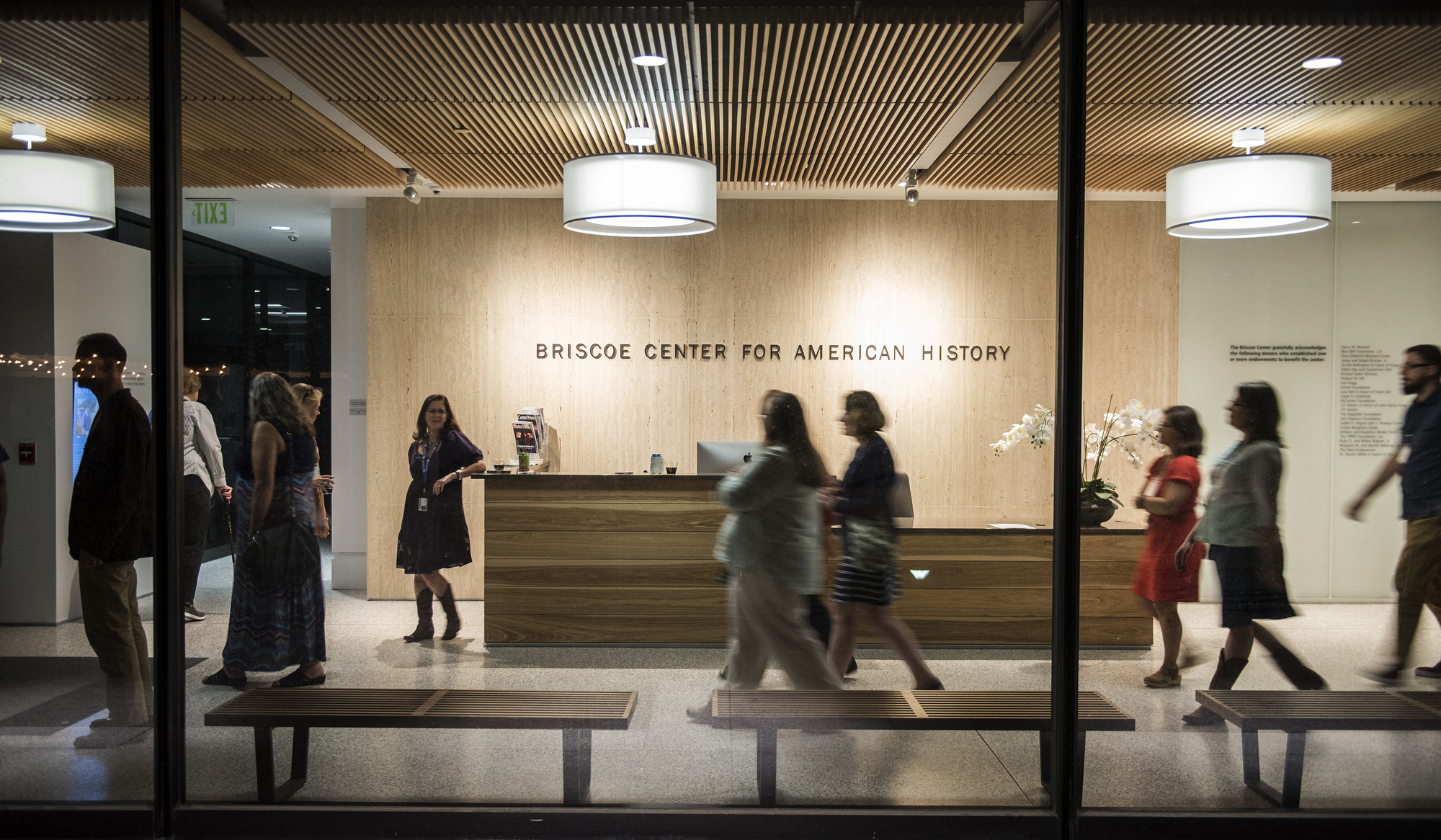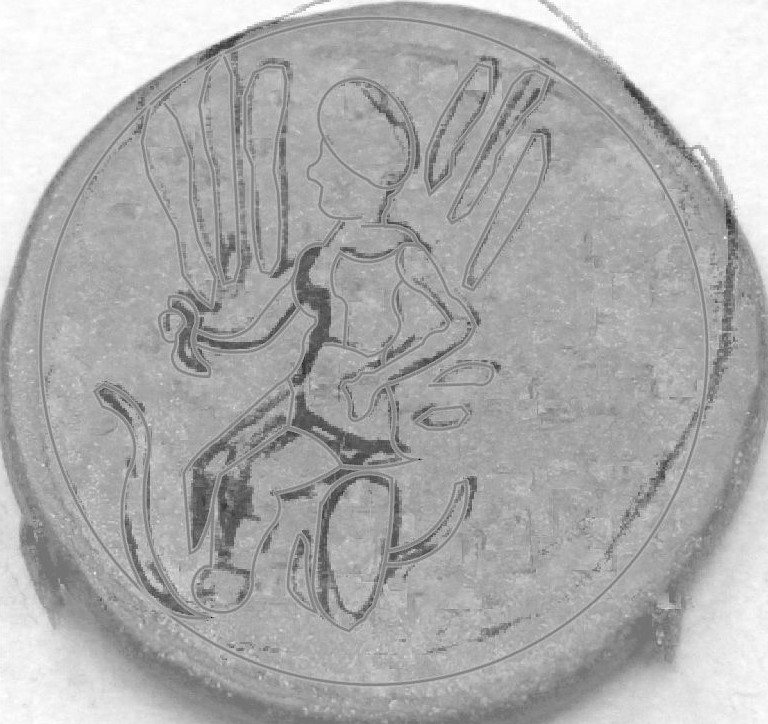
LBJ Library photo by Jay Godwin
UT has a long history of excavating ancient religious sites. James Wiseman’s excavation of the “Fountain of the Lamps” in Corinth and The Ostia Synagogue-area Masonry Analysis Project directed by professor emeritus L. Michael White have trained students in excavation techniques and inspired articles and dissertations probing the inner workings of ancient Mediterranean rituals. But a little-known coin collection housed in the Dolph Briscoe Center for American History offers a glimpse into the Mediterranean past without leaving campus.
The Swenson coin collection was first published as a catalog by Otto Heilborn in 1882 and includes coins from Iberia (Spain), Gaul (France), Italy, Sicily, Greece, Asia Minor (Turkey), the Levant, Mesopotamia, Egypt, and North Africa from the Classical to Late Antique periods. “Treasure—more lost than found” relates the collection’s journey from Swedish Baron Stjernstedt to the Briscoe Center via Swedish-immigrant-turned-Texan-rancher S. M. Swenson (Dick King, The Alcalde, vol 53 no 5, Jan 1965). Although the coins lack their archaeological context, they still hold great potential to nuance the study of religion for the intrepid researcher.


You don’t have to be a numismatist (coin specialist) to learn from the Swenson collection. A quick skim through the catalog finds abundant images and symbols of deities. Some deities symbolize a city, like the helmeted Athena bust on the iconic “owl” tetradrachm from Classical Athens that I viewed. Even when there are no depictions of deities, coins can still help us understand the socio-historical context of ancient religion. Scholars studying ancient Judaism and Christianity often reference the “Judea Capta” coins of Vespasian, celebrating his military victory of ending the First Jewish Revolt (66-73 CE). When I held the Swenson collection’s “Judea Capta” coin, the first thing I noticed was that it was big and heavy. Although the coin was worn smooth from passing between buyer and seller hundreds of times, I could still make out a victorious male figure and a bound woman representing defeated Judea. How Jesus followers and other Judeans reacted to this image and sought to understand it through their beliefs is a key part of the debate about when and how Christians understood themselves as separate from Judaism.

Hannah Lents is a fourth-year Ph.D. student in the Religious Studies Department at the University of Texas at Austin. Her work explores rural sacred space in the Mediterranean world, and she is preparing to write her dissertation on Christianity around Corinth from the first to seventh centuries CE.
